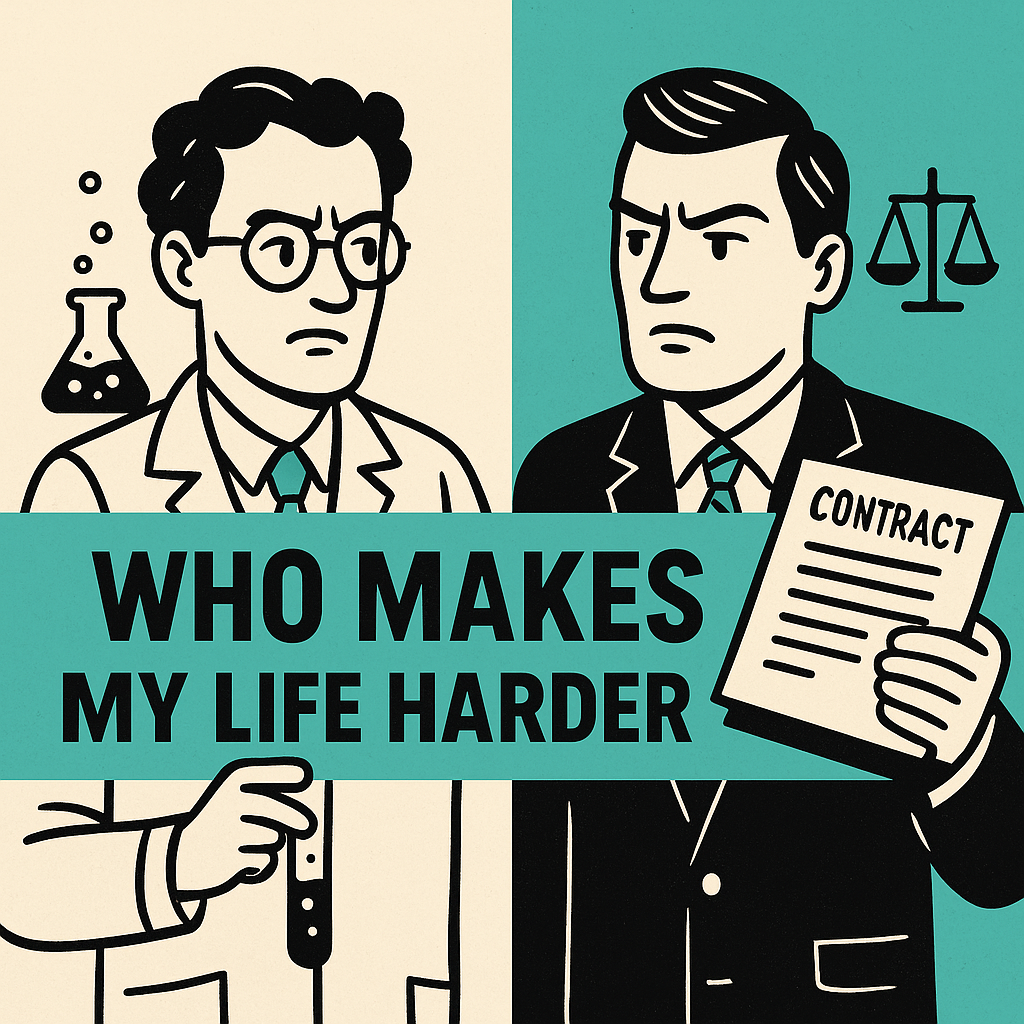Why the Best Scientists Aren’t Applying to Your Jobs (And How to Fix It)
The Talent Gap Isn’t What You Think
Many Life Sciences companies assume that a talent shortage is the primary reason they struggle to hire top-tier scientists. In reality, the best scientists aren’t even considering your job postings.
Highly skilled professionals in the Life Sciences arena aren’t passively looking for roles - they’re being actively headhunted, engaged in high-impact research, or working for companies that invest in their growth.
So, why aren’t they applying to your jobs? Here’s what’s going wrong - and how to fix it.
1. Your Job Descriptions Are Driving Them Away
Scientific professionals aren’t drawn to generic, buzzword-filled job descriptions. If your posting includes vague language like “dynamic team player” or “competitive salary,” you’re failing to engage the people who actually have options.
Fix It:
- Focus on impact: Instead of “exciting opportunity,” describe how the role contributes to a groundbreaking project.
- Be transparent: Include details about the research focus, tools used, and real growth opportunities.
- Cut unnecessary requirements: A PhD isn’t always essential. Skills, experience, and problem-solving ability often matter more.
2. Your Hiring Process is Too Slow
The best candidates aren’t waiting around. If your hiring process drags on for weeks with multiple interview rounds, top-tier scientists will take offers elsewhere.
Fix It:
- Streamline decision-making: Cut redundant interviews and involve key decision-makers early.
- Move fast on strong candidates: If you find the right fit, don’t wait - extend an offer before someone else does.
- Communicate proactively: Keep candidates engaged with clear timelines and next steps.
3. You’re Not Engaging Passive Candidates
Top scientists rarely browse job boards. They’re either deeply invested in their current roles or waiting for the right opportunity to come directly to them.
Fix It:
- Invest in targeted headhunting: Proactively reach out to candidates who aren’t actively searching.
- Use specialist recruiters: Generalist agencies won’t cut it - work with experts who understand your industry.
- Build long-term relationships: Don’t just contact candidates when you need to fill a role. Engage them over time.
4. Your Employer Brand is Weak (or Invisible)
If your company doesn’t stand out, the best scientists won’t see a compelling reason to join.
Fix It:
- Highlight your innovation: What cutting-edge research or technologies set you apart?
- Showcase career development: Do you invest in training, mentorship, or industry leadership opportunities?
- Make your culture visible: Feature real employee stories, not just corporate marketing.
Winning the War for Scientific Talent
The best scientists don’t apply to just any job - they choose employers that align with their ambitions, values, and research interests. If they aren’t coming to you, it’s time to rethink how you attract, engage, and hire.
Struggling to hire top scientific talent? Symbiotica specializes in finding and placing the best minds in Omics, Analytical, Drug Discovery, Bioinformatics, and AI. Let’s talk.
Contact Us
Hiring is data. Retention is psychology. The best companies get both right - only the exceptional make it a strategy
















